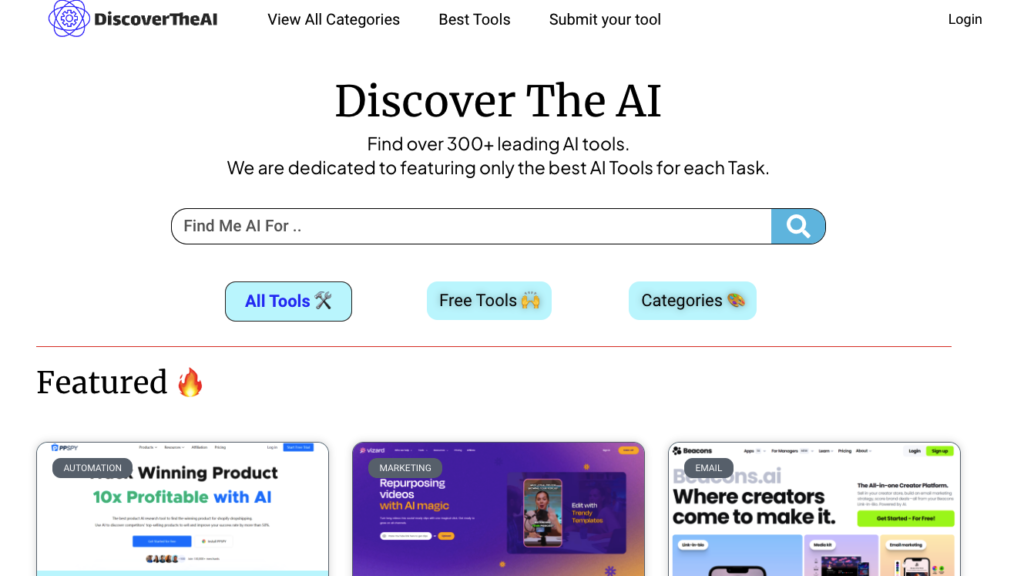Natural Language Processing (NLP), is a technology that uses complex algorithms and intelligent analysis, is beginning to affect how we interact with the environment. NLP has cleared the way for digital assistants, chatbots, voice search, and a variety of other uses that we have yet to envision.
Of course, NLP isn’t on an infinite upward trajectory just yet. There are still many challenges that NLP developers must deal with… but we are already working on solutions.
Understanding the Challenges of NLP
1. Quality and Quantity of Data
One of the obstacles faced by NLP is ensuring the availability of high quality data in sufficient quantities. NLP algorithms require volumes of accurate data to learn and enhance their performance. Unfortunately the data utilized in NLP models often tends to be untidy, incomplete and biased making it challenging for models to generalize and adapt to contexts. To tackle this challenge techniques like data cleaning and augmentation can be employed. By eliminating noise biases and inaccuracies from the data while incorporating diverse and representative examples we can significantly improve the performance of NLP models.
2. Ambiguity and Contextual Comprehension
Language inherently carries ambiguity; it poses a challenge, for NLP models to disambiguate words or phrases that possess meanings or can be interpreted differently based on context.
NLP algorithms face the challenge of comprehending the subtleties and nuances of language including idiomatic expressions, sarcasm and irony. To tackle this challenge embedding techniques come into play. Word embedding builds a glossary for unique words while contextual embedding considers the word sequence within a document. Both approaches help NLP models grasp word context effectively. Enhance their overall performance.
3. Multilingualism and Language Variation
NLP models need to handle languages and dialects each with its own distinctive structure, grammar and vocabulary. However language variations can pose challenges as words may have meanings and usage based on the region, culture or context. Overcoming this involves developing models that can capture the intricacies of language in specific contexts and domains. These models enhance accuracy and efficiency in NLP systems by minimizing errors and misunderstandings.
4. Semantic Knowledge Representation
Accurately interpreting and generating human language requires NLP algorithms to possess an understanding of semantic meaning. However representing and modeling knowledge is an intricate task that involves integrating various knowledge sources, like ontologies, knowledge graphs and commonsense reasoning.
Utilizing knowledge graphs and ontologies to represent and model knowledge can greatly enhance the understanding and interpretation of text by NLP models leading to improved performance.
5. Real Time. Efficiency
In applications like chatbots and virtual assistants it is crucial for NLP models to process and analyze amounts of text in real time. However achieving processing speed and efficiency can be a challenge due to the computational resources required by NLP algorithms. To overcome this obstacle optimizing algorithms and leveraging advancements in hardware can be advantageous. Moreover techniques such as processing and distributed computing can be employed to enhance the efficiency of NLP systems.
6. Ethical Concerns and Bias
One significant concern with NLP models is their potential to perpetuate biases and stereotypes that exist in the training data. This raises issues as it may lead to discrimination or inequality in automated decision making processes. To tackle this challenge it is important to implement practices and bias mitigation techniques. This includes identifying biases in the training data and taking steps, towards fairness, transparency, accountability when developing NLP models.
Overcoming NLP Limitations
Lack of Common Sense and World Knowledge
One of the challenges in NLP is that models often lack the sense and world knowledge that humans naturally possess. This makes it difficult for them to comprehend and reason about concepts and events that are not explicitly mentioned in the text. To overcome this limitation we can integrate sources of knowledge such as knowledge graphs and ontologies into NLP models. By incorporating these sources NLP models can access a vast amount of information to enhance their understanding and reasoning abilities.
Difficulty in Understanding Humor and Sarcasm
Another challenge lies in the difficulty of understanding humor and sarcasm for NLP algorithms. Humor and sarcasm are often conveyed through meanings and contextual clues which can be challenging for machines to grasp accurately. To address this limitation we can train models using cues that frequently accompany sarcastic phrases. Additionally advancements in learning and neural networks can help NLP models capture the nuances of humor and sarcasm more effectively.
Limited Understanding of Emotion and Intention
Furthermore NLP models have an understanding of human emotions and intentions. This can lead to misinterpretations of text or inaccurate responses. A solution, to this is incorporating sentiment analysis techniques into NLP models. By analyzing the sentiments expressed within text NLP models can gain an understanding of underlying emotions and intentions resulting in more precise interpretations and responses.
Difficulty in Handling Complex Sentences
NLP models often face difficulties when it comes to dealing with sentences that have multiple clauses and dependencies. This can result in parsing and understanding. However there are ways to overcome this limitation by using parsing algorithms and techniques. By enhancing the parsing capabilities of NLP models they can effectively handle sentence structures and dependencies leading to more precise interpretations.
Reliance on Pre Defined Rules and Models
NLP models often depend on pre defined rules and models which can restrict their flexibility and adaptability to new contexts and domains. This limitation can cause inaccuracies and inconsistencies in performance in applications where language is constantly evolving. To overcome this challenge techniques such as transfer learning and fine tuning can be utilized. By leveraging trained models and customizing them for specific tasks or domains NLP models can achieve improved performance and adaptability.
Strategies for Overcoming Challenges in NLP
Data Cleaning and Augmentation
Enhancing the quality and diversity of data used for training NLP models is possible through data cleaning and augmentation techniques. By removing noise biases, inaccuracies, from the data while adding representative examples NLP models can achieve better generalization capacity and adaptability.
Developing Contextual and Domain-Specific Models
Development of Contextualized By capturing the intricacies and complexities of language within specific contexts and domains these models have the potential to provide more precise interpretations and responses.
Utilizing Knowledge Graphs and Ontologies
Knowledge graphs and ontologies can enrich the comprehension of NLP models. By incorporating sources of knowledge like ontologies and knowledge graphs NLP models can access a vast array of information to enhance their understanding and interpretation of text.
Incorporating Human Feedback and Supervision
Integrating human feedback and supervision can assist NLP models in learning and adapting to contexts and domains. By leveraging expertise and insights NLP models can improve their accuracy while reducing errors and biases.
Implementing Ethical and Bias Mitigation Techniques
To ensure fairness, transparency and accountability it is crucial to implement practices that mitigate biases in NLP models. This includes identifying biases within training data well as monitoring and mitigating potential biases in the outputs generated by the model.
The Future of NLP
The future holds promise for NLP with advancements in deep learning, neural networks, as well as multimodal capabilities. These advancements empower machines to understand language with higher accuracy levels than ever before while also fostering efficient communication.
Furthermore NLP is expanding into realms such, as multimodal communication where machines are capable of interpreting real time language, speech, gestures simultaneously.
The potential for natural language processing (NLP) to revolutionize industries and enhance communication between humans and machines is immense. We can anticipate advancements in the field in the near future.
In summary, NLP comes with its set of challenges and limitations that may impact its effectiveness and accuracy. However by addressing these barriers through techniques such as data cleaning and augmentation, developing models utilizing knowledge graphs incorporating human feedback and implementing ethical practices to mitigate bias we can overcome these obstacles. The future of NLP looks promising as AI tools continue to evolve and enable machines to achieve language processing ultimately transforming numerous industries. By tackling the challenges associated with NLP we can unlock its full potential in AI powered applications.
Frequently Asked Questions;
What is meant by NLP?
Natural Language Processing (NLP) is a field that combines computer science, linguistics and artificial intelligence to empower machines with the ability to understand and interpret human language.
What are some of the limitations of NLP?
NLP has a limitations, such as its inability to grasp common knowledge and understanding of the world difficulty in comprehending humor and sarcasm limited awareness of emotions and intentions incapacity to handle complex sentences effectively and reliance on predefined rules and models.
How can we overcome the challenges and limitations in NLP?
The challenges and limitations in NLP can be addressed by performing data cleaning and augmentation developing contextual models specific to different domains utilizing knowledge graphs and ontologies to enhance understanding incorporating human feedback and supervision during the learning process as well as implementing ethical considerations and techniques for mitigating biases.
What does the future hold for NLP?
The future of NLP appears promising with advancements in deep learning techniques, neural networks and multimodal approaches. These advancements enable machines to better understand and generate language with higher accuracy and efficiency than ever before. Additionally NLP is branching out into areas such as multimodal communication where machines can interpret real time language along, with speech patterns and gestures.



